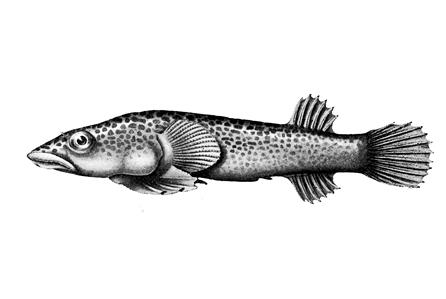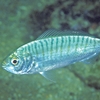General Description
Body robust, tapering towards the tail; head broadly flattened; dorsal and anal fins short-based, set far back on the body; tail base of moderate length, caudal fin rounded; pelvic fins united into a large sucking disc on the underside with a fleshy fringe on the posterior edge; snout prominent, triangular when viewed from above, snout tip rounded. Head and body covered in large close-set red spots or blotches over a paler background. To 7 cm.
Biology
An endemic species found in temperate waters of southern Australia.
Habitat
Rarely found inshore, prefering sponge gardens on deeper offshore reefs, in depth of 0-40 m.
Reefs
Sponge gardens
Distribution guide
South-eastern Australia.
Species Group
Fishes › Clingfishes and shore-eels
Depth
Shallow (1-30 m)
Deep ( > 30 m)
Water Column
Max Size
7 cm
Commercial Species
No
Global Dispersal
Native to Australia
Identify
Conservation Status
- DSE Advisory List : Not listed
- EPBC Act 1999 : Not listed
- IUCN Red List : Not listed





